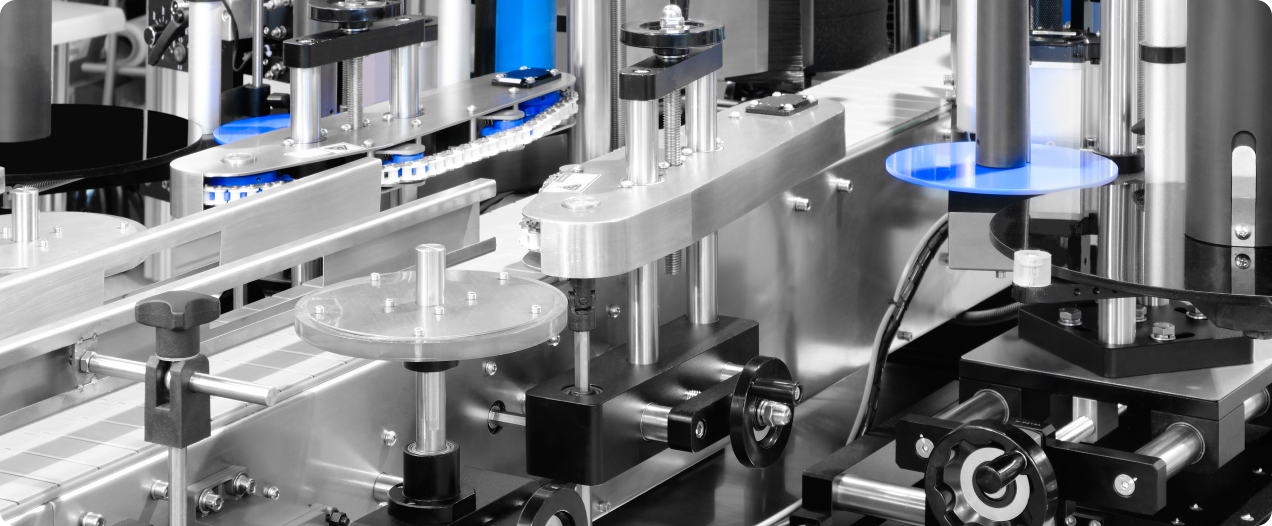Today, one of the most important components of sustainable urban development is the improvement and expansion of communication networks, including highways, urban arteries, and bridges. Among these, urban vehicular bridges are the most important factor connecting communication networks and must be given special attention during construction and maintenance. Unfortunately, in our country, this issue has often been overlooked.
One of the aspects requiring special attention in the construction of urban vehicular bridges is the proper design and execution of expansion joint systems in bridges. If sufficient attention is not given to the construction, installation, and maintenance of these systems, it can result in severe and sometimes irreversible damage to the bridge structure, disrupt traffic flow, and even endanger safety.
According to technical surveys of bridges in Tehran, the most common existing expansion joint systems are based on the movement of steel plates covering a metal frame (angle iron) and using simple rubber expansion joint systems or a combination of both. These methods have numerous disadvantages and do not provide the required efficiency. Some of these drawbacks include insufficient strength to withstand the loads caused by vehicle traffic, the rising of plates due to vibrations of the deck, longitudinal distortion of the plates, detachment of the angle iron from the concrete deck, rigidity of the simple plate and angle iron systems, lack of protective heels, and, most importantly, the inability to create a water-tight seal, allowing water to enter and turn the expansion joint area into cement during operation.
Using innovative methods to rebuild expansion joint systems in concrete bridges, in order to improve their quality and utilize domestic capabilities, based on practical experiences and observations, is one of the actions that Tehran’s municipality has put on the agenda.
This article presents a different method for rebuilding expansion joints up to 10 centimeters (small S-EXJ expansion joints) for vehicular and pedestrian paths in reinforced concrete deck bridges, based on domestic rubber expansion joints. In the execution method of Type 7 (TYPE-EXJ), the selection of the expansion joint type is based on rebuilding operations in reinforced concrete deck bridges, using domestic rubber expansion joints of Type 80T and cement-based mortar for the vehicular path.

Execution stages of the 7TYPE-E method
In this proposed method for implementing the expansion joint system, to ensure the smooth flow of traffic, after constructing and installing the metal frame, asphalt paving is applied on the roadway surface. The execution steps are as follows:
مرحله اول:
It includes the construction and installation of the metal frame, followed by the application of an asphalt block to ensure traffic flow, and finally, the demolition of damaged concrete with a width of 65 centimeters in the expansion joint area.


Step Two:
It includes rebar placement and anchoring of hooked rebars to connect the reinforcement of the existing concrete with the cementitious grout reinforcement.


Step Three:
It includes the construction and installation of the mold and metal frame based on the geometric dimensions of the expansion joint rubber, considering repair requirements for the expansion joint system, the possibility of replacing the expansion joint rubber, and the application of cement-based grout and a special primer for bonding old concrete to new concrete.


The fourth stage:
It includes marking the drilling points on the surface of the cementitious grout (new concrete) considering the pre-made holes in the expansion joint rubber.


Step Five:
It includes drilling to a depth of at least 160 mm, installing galvanized Hilti bolts (16M) with their components, and applying adhesive for bonding the old and new concrete to the bolts.


Step Six:
Includes the installation of a rubber water barrier curtain on the surface of the cement grout base, in a way that it can direct the absorbed surface water outside the expansion joint system.


Step 7:
It includes the installation of the expansion joint rubber.


Step Eight:
It includes filling all grooves and holes of the expansion joint rubber at the bolt installation site and the outer surface of the protective concrete heel with sealing mastic.


Conclusion:
The use of the 7TYPE-EXJ expansion joint system in the rehabilitation of deteriorated and worn-out expansion joints in Tehran’s city bridges, and the results obtained under heavy city traffic, demonstrates its effectiveness, proper design, and reliability. In this method, unlike conventional practices, the asphalt deck surface and the expansion joint system are installed at the same level, ensuring that minimal impact occurs from any potential height discrepancy during vehicle passage. Therefore, the proposed method, with a special focus on ensuring smooth traffic flow and maintenance considerations, including water-tightness and the replaceability of the rubber components, is recommended. This approach will permanently resolve the expansion joint issues in reinforced concrete deck bridges.

